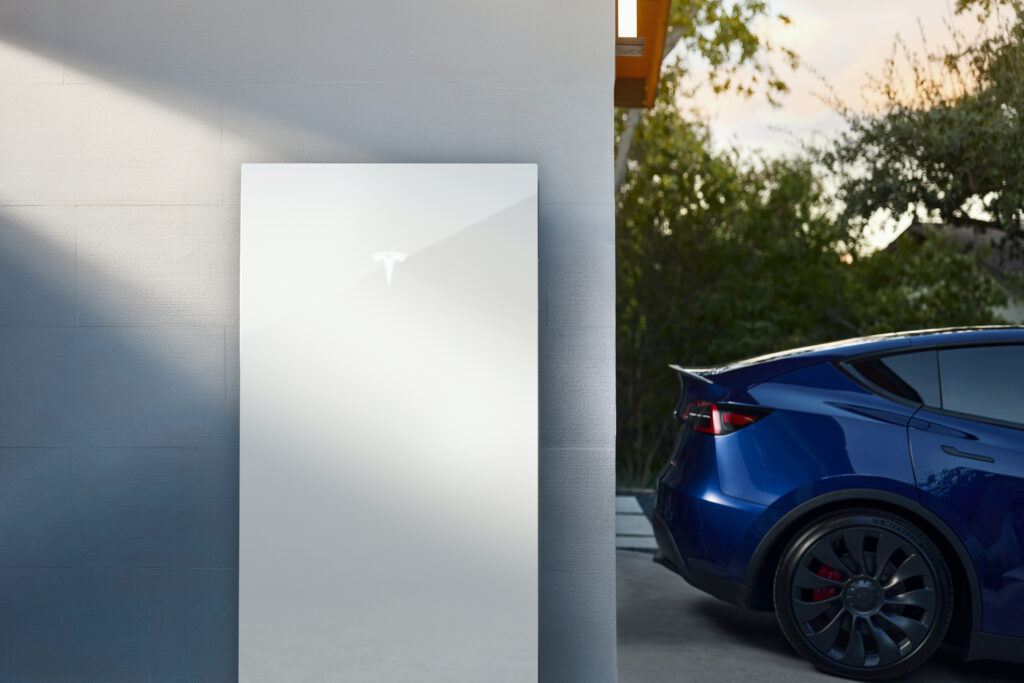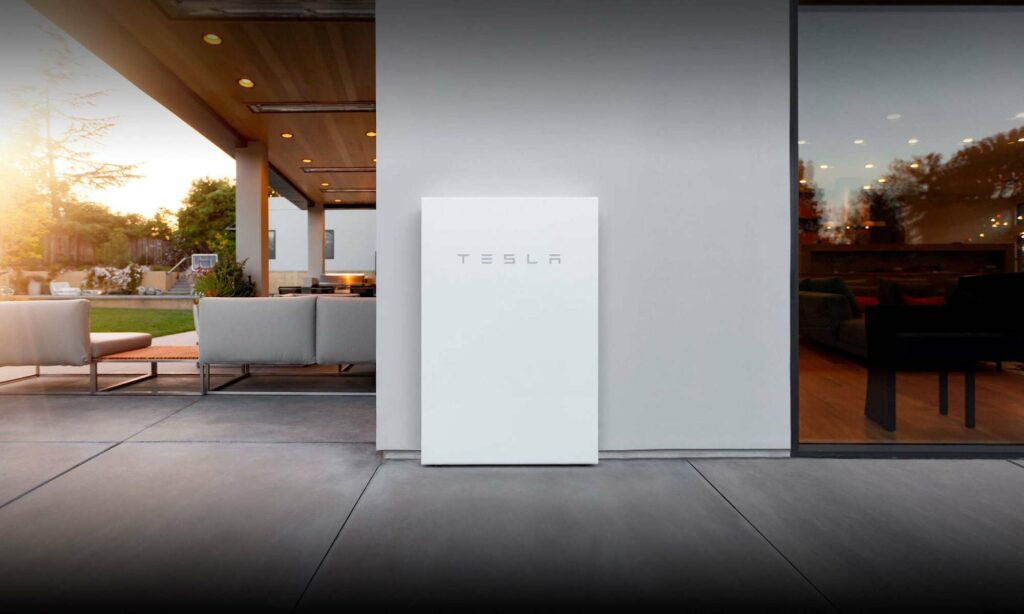Solar Panels and the Australian Climate
Home » Solar Panels and the Australian Climate
As a responsible citizen, you have done the right thing for the climate and are using solar panels to generate your electricity. However, Australia is a country of extremes. It has always experienced bushfires and floods, but climate change is making hot days hotter, and heat-waves longer and more frequent. This in turn is increasing drought conditions in Australia’s southeast and creating more ferocious storms and flooding in the northeast.
For the first time ever, the Bushfire and Natural Hazard CRC (Bushfire and Natural Hazards Cooperative Research Centre) has reassessed and rereleased its bushfire seasonal outlook for the 2014-15 bushfire season just three months after its initial release. More parts of south eastern Australia are now expected to experience above normal fire conditions. This is a result of unseasonable hot, dry conditions in Australia’s southeast.
 In Northern New South Wales and Queensland we are experiencing hot, humid, unsettled weather conditions. Add an approaching cold front or trough and you have the ideal conditions for severe thunderstorms, and their progeny of flash flooding, large hail and destructive wind gusts. According to Emergency Management Australia, severe thunderstorms cause more damage in Australia each year than any other natural hazard, and the damage bill in individual cases has gone into the hundreds of millions of dollars. Hail causes the greatest proportion of the damage, accounting for nearly half the total losses from severe storms.
In Northern New South Wales and Queensland we are experiencing hot, humid, unsettled weather conditions. Add an approaching cold front or trough and you have the ideal conditions for severe thunderstorms, and their progeny of flash flooding, large hail and destructive wind gusts. According to Emergency Management Australia, severe thunderstorms cause more damage in Australia each year than any other natural hazard, and the damage bill in individual cases has gone into the hundreds of millions of dollars. Hail causes the greatest proportion of the damage, accounting for nearly half the total losses from severe storms.
So how does this affect you, the responsible citizen who is doing the right thing for the climate and using solar energy to generate your electricity? What do you do when nature lashes out either through fire, extreme storms or floods? Below are steps suggested by the Clean Energy Council to protect your, family, your home and your solar investment.
Fire and flood emergency situations
If you have solar panels on your roof and are faced with an emergency fire or flood situation, there are only two things you need to remember:
- If you need to evacuate, leave your house immediately
- Upon returning to your house, do not attempt to turn your solar power system back on. Contact your Clean Energy Council-accredited installer to have your system recommissioned. Ensure that it is a licensed electrician who checks your system to ensure it is safe.
If your solar panels have suffered fire or flood damage, attempting to turn them back on (including operating any switches) could result in a lethal electric shock. An accredited installer needs to check that your system is safe.
Planning ahead for fire and flood situations
Grid-connected systems
If you are planning for a possible fire or flood, and are likely to receive a day or more warning to leave your house, there may be some extra precautionary measures you can take. You can follow the ‘shutdown procedure’ when leaving your house. This should be marked on your inverter or meter box.
A general guide to the procedure is as follows:
- Turn off the solar supply mains switch (this is usually found in the meter box)
- Turn off the normal supply main switch (this is usually found in the meter box)
- Turn off the PV array isolator (this is usually found next to the inverter)
Stand-alone systems
Some stand-alone solar power systems may include battery storage that can also be disconnected. If you are planning for a possible fire or flood, and are likely to receive a day or more warning to leave your house, you can take the following steps to shut down your stand-alone solar system and battery storage:
- Turn off solar array
- Turn off inverter
- Follow battery shutdown procedures to isolate the battery bank
- Disable the generator from starting if it has auto start.
 During the summer storm season it is important to remember that all connections and fasteners should be checked against failure immediately after a major storm as well as on an annual basis.
During the summer storm season it is important to remember that all connections and fasteners should be checked against failure immediately after a major storm as well as on an annual basis.
Our solar maintenance service includes an annual inspection, monitoring and cleaning of your solar system by a fully qualified and experienced electrician. We do a complete maintenance check on your solar system as per the Clean Energy Councils recommendations to make sure it is safe, secure and performing to the systems expectations.
Our annual solar check-up includes an electrical safety check on all components. A check on the racking system to ensure nothing has worked loose and a physical check on all cables and wiring. The panels are then cleaned and checked for any destabilisation in the backing (i.e. yellowing) signifying panel breakdown and fire risk. A full insurance report can also be provided if required for any claims.
Not sure if your system has made it through the start of this Australian summer unscathed? Contact us here, to book your SAE Group Solar Maintenance, or call us on 1300 182 050.







